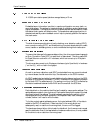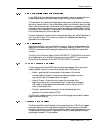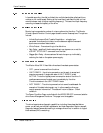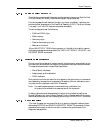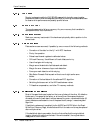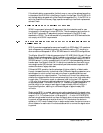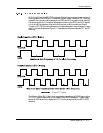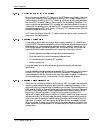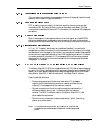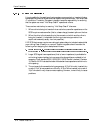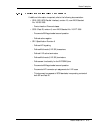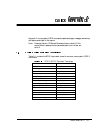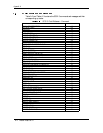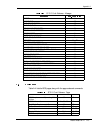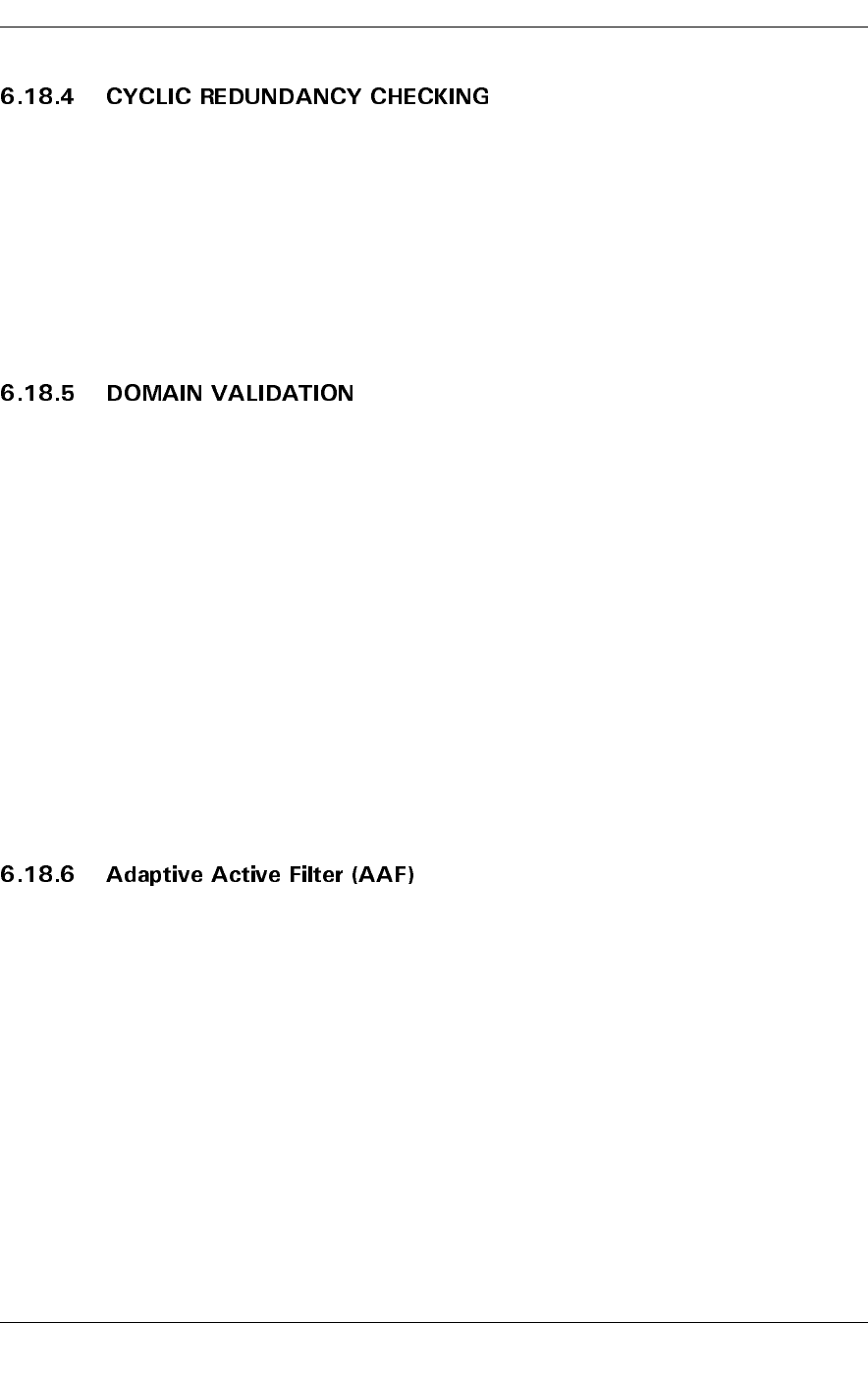
Feature Descriptions
6-12 Maxtor Atlas 10K III
When transferring data with DT clocking on the SCSI bus, a significantly improved
form of error checking, cyclic redundancy checking (CRC) is used instead of the
traditional parity checking. With CRC checking, the device sending data generates a
four-byte CRC character based on the contents of the bytes being transferred. The
receiving device also generates a CRC character as it receives the bytes. At the end of
a data burst, the sending device transfers its CRC character and the receiving device
compares the sender's CRC with its own. If the two CRC characters match, then the
data burst transferred without error.
In ST mode, the Maxtor Atlas 10K III uses the traditional parity checking method to
ensure error free data transfers.
A new feature (also known as “physical layer integrity checking”) in Ultra160 and
Ultra320 SCSI interfaces is the capability of the initiator and target devices to execute
a test sequence of commands before customer operation begins to ensure that the
SCSI bus can support the desired transfer rate. If errors are found, the initiator can
negotiate different transfer parameters until a working configuration is found.
• Domain validation can detect configuration problems such as:
• Wide devices with a narrow bus segment between them
• DT devices connect through an ST expander
• Broken connections
It may also detect poor quality cables, marginal quality signals, and improper
termination.
Domain validation is implemented using standard SCSI commands and new versions
of the WRITE BUFFER and READ BUFFER commands. The sequence of
commands used for domain validation may vary from system to system. The selection
of commands used is entirely under control of host firmware and software.
Also known as “receiver equalization with filtering.”AAF is a closed-loop method of
improving received signal quality by amplifying the fundamental frequency of the
signal while filtering noise and other undesirable com-ponents. Devices implementing
AAF establish the gain of its amplifiers by setting the amplitude of the high-frequency
portion of the training pattern to be the same as the low-frequency portion at the
beginning of the training pattern. Using the training pattern to perform this
adjustment of signal amplitude provides for an inherent closed-loop system that can
adjust signal quality for different cable plants and changes in system conditions (e.g.,
when a new device is added to a system causing the electrical characteristics of the
cable plant to change). AAF settings may be adjusted as often as necessary because
either the initiator or target may initiate the training pattern sequence. A receiver may
disable transmitter pre-compensation in a transmitter as AAF performs better in the
configuration.



